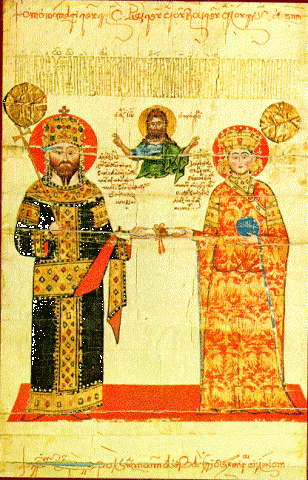

Greek Fire instantaneously set ships ablaze & There was no way of putting out the flames as water had no effect on them. Thanks to these precautions the secret formula was kept in Byzantine hands alone for over seven centuries. Known to only a select few, the recipe for Greek Fire was a jealously guarded state secret which emperors passed on to their successors. Distilling the petroleum element also required complex technology for the period. The process of making the liquid was a highly dangerous one, given its volatility. Some scholars suggest gunpowder was included in the mix. Other ingredients were quicklime, sulphur, resin and potassium nitrate. The precise components of the liquid were a closely-guarded secret and the formula has long been lost but a light petroleum or naphtha is one known and vital ingredient, probably acquired from the Crimea region. Flammable liquids had been used in both Greek and Roman warfare but nothing had ever been devised that was quite as lethal as Greek Fire. The invention of Greek Fire is credited to a Christian Greek named Kallinikos (aka Callinicus) who escaped to Constantinople from Muslim-held Syria in 668 CE. As it turned out, the first two were, on occasion, bestowed on foreign rulers but never the third. 959-963 CE) knew its value and declared three things must absolutely never reach foreign hands: the Byzantine imperial regalia, any royal princess, and Greek Fire. Greek Fire became the most devastating weapon of Christendom for over seven centuries and ensured that Constantinople resisted all comers. It was also used with success in defensive situations. The napalm of ancient warfare, the highly flammable liquid was made of secret ingredients and used both in catapulted incendiary bombs and sprayed under pressure so as to launch flames at enemy ships and fortifications. Greek Fire was an incendiary weapon first used in Byzantine warfare in 678 CE.


 0 kommentar(er)
0 kommentar(er)
